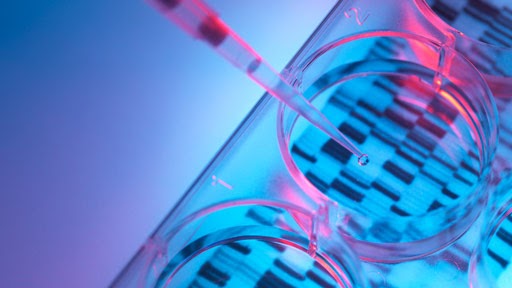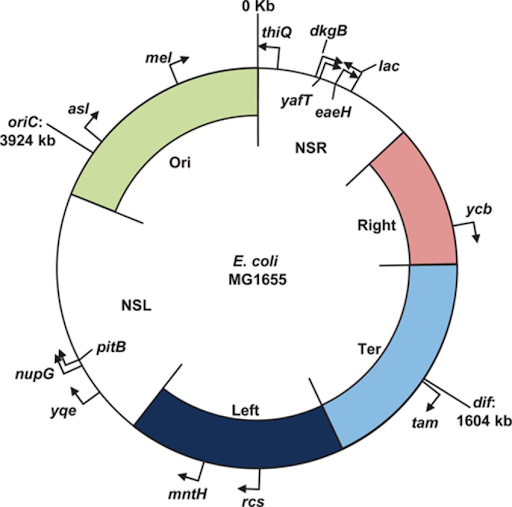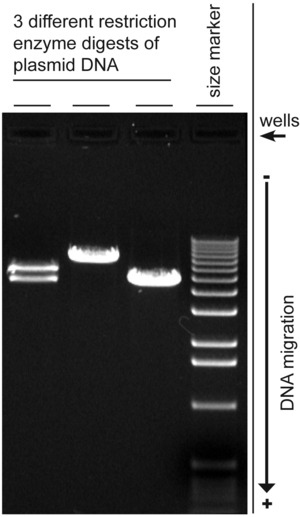Mapping the human genome
Reagan Smith. 11/13/2020

On Oct. 1, 1990, scientists undertook one of the most significant explorations of the universe to this date. Instead of aiming upwards at the stars, researchers looked into our cells and began the arduous process of mapping the entire human genome.
The project took a total of thirteen years to complete and was first outlined by the National Academy of Sciences. Later, the National Institutes of Health and the Department of Energy collaborated to create a detailed outline for the project, which was funded by Congress. With James Watson at the helm of the NIH branch, which was renamed the National Center for Human Genome Research, the project was soon underway. The seven areas the project looked into were Mapping and Sequencing the Genome, Mapping and Sequencing the Genomes of Model Organisms, Data Collection and Distribution, Ethical, Legal, and Social Considerations, Research Training, Technology Development and Technology Transfer.
Scientists looked at the genomes of both homo sapiens and a set of model organisms to compare the functions and purpose of the human genome, according to Understanding Our Genetic Inheritance, The First Five Years. The data they acquired would be used to treat genetic diseases, and the specific technology they developed could be applied to other fields of science in agriculture and environmental science.
The National Human Genome Research Institute (NHGRI) reports that researchers successfully determined the sequence of every single base of DNA in the human genome, made maps showing the locations of various genes in the chromosomes and created linkage maps (maps that track inherited traits over generations). Human genome researchers sequenced a total of 3 billion DNA letters, covering about 99% of the portion of the human genome that contains genes, with 99.99% accuracy. They also mapped the genomes of E. coli, S. cerevisiae, C. elegans, D. melanogaster, C. briggsae, D. pseudoobscura, mouse and rat organisms, putting their findings into context amongst other organisms.

According to an article on Scitable, the process of sequencing the DNA began with creating genetic clones of separate human chromosomes using ligated (individually cut) DNA segments bonded to chromosome vectors. The vector-segment combos were then placed into bacteria to reproduce and form colonies. The DNA fragments were separated from the bacterial organisms and placed into agarose (a sugar-based gel substance), in which the fragments’ size could be measured by gel electrophoresis.

Francis Collins, the director of the NHGRI in February of 2001, stated that the genome is “a history book– a narrative of the journey of our species through time. It’s a shop manual, with an incredibly detailed blueprint for building every human cell. And it’s a transformative textbook of medicine, with insights that will give health care providers immense new powers to treat, prevent and cure disease.” His view of the project dictates its significance in today’s world of medicine and science, and having this large bank of data increases efficiency and progress in other related undertakings. Scientists have a better understanding of what makes humans look and act the way they do, and they are able to utilize this information to better treat and prevent diseases.
Cover Photo: (Harvard University)

Reagan is a junior from Sage Hill School. She is passionate about all things related to science, especially biology and medicine. She also loves being able to use her talents and knowledge to help others and make a difference in the world.